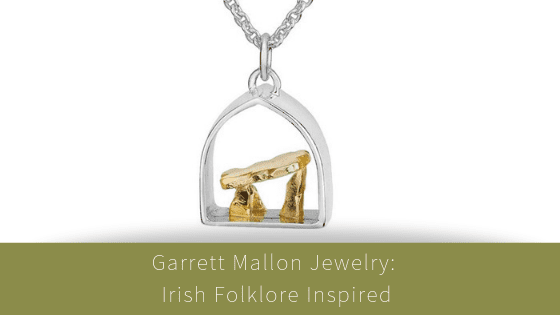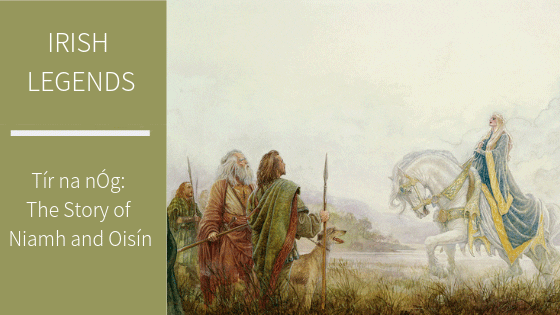Wool is a superfabric that exhibits many surprising and incredible characteristics. Most synthetic fabrics of today emulate the rich and lustrous fibres of wool but you can’t beat the real thing. Here are the traits that make wool stand out as a true superfabric.
Keeps Us Both Warm & Cool
Wool holds heat extremely well. Wool keeps us warm thanks to the pockets of air trapped between the wool fibres. These pockets hold the air close to our bodies, allowing the air to retain heat and to keep us nice and toasty.
Surprisingly enough, wool also keeps us cool in hot weather. In the Sahara Desert, a native tribe’s people called the Bedouins wear thin wool clothing to keep themselves cool in the blistering heat. In hot temperatures, wool absorbs moisture from skin and helps to dissipate heat more rapidly. This keeps the wearer nice and cool.
Repels Water
Wool is highly water resistant. Untreated wool that contains the fatty lanolin from the original animal can be pretty much waterproof.
Wool fibres can also absorb approximately 30% of their own weight in water before it starts to leak through. The combination of this absorbency with the water resistance provided by the lanolin means that wool is very waterproof.
Sailors and fishermen have traditionally worn wool clothing, which says a lot of the powerful properties of wool when exposed to water. This is yet another characteristic that makes wool a superfabric.
Flexible & Durable

Wool garments are incredibly easy to put on and take off and they even return to their original shape when stretched. One wool fibre can be bent back and forth 20,000 times before it snaps. To give you some context, a cotton fibre will snap after it’s bent back and forth a mere 3,000 times.
Wool absorbs water depending on the conditions of its environment. This means that wool doesn’t become coarse or brittle over time like synthetic fabrics or cotton, making it a very durable fabric.
Biodegradable
Wool decomposes in roughly 3/4 months, the length of time it takes to decompose varies depending on soil type, climate and wool characteristics. On decomposition, it returns essential nutrients to the soil, such as nitrogen, sulfur and magnesium.
In decomposition wool becomes a slow release fertilizer, providing nutrients for other organisms to grow and thrive. The return of these nutrients to the soil allows grass to grow, which in turn feeds sheep and thus the nature’s cycle continues unbroken.
Wool doesn’t add to landfill volumes or microfibre pollution, which is reason enough to appreciate wool.
Recyclable
Recycling wool is a practice that has been going on for hundreds of years. After wool garments have been worn threadbare, they can be collected, shredded into individual fibres and reused to make new clothing.
Recycling wool in this fashion reduces waste, thereby prolonging landfill life and reducing toxic emissions from incinerators.
Naturally Anti-bacterial
Wool exhibits an amazing phenomenon called moisture wicking. Essentially this means that wool self-regulates the amount of moisture it retains.
This prevents mold, mildew, and odours from ever infiltrating and ruining this otherwise luxurious fabric. Moisture wicking keeps the wool at a moisture level which is uninhabitable for bacteria and thus the material remains clean and fresh longer.
Breathable
Wool is porous and thus highly breathable, so your skin and body will thank you for wearing it.
Wool fibres can also absorb large quantities of moisture vapour then move it away to evaporate into the air. This phenomenon allows sweat from the skin to evaporate and as a result the skin can “breath” as it would when naked.
Wool is King
All said and done, it’s clear that wool exhibits some pretty incredible characteristics. From keeping you both cool and warm when needs be, it seems as if wool does the impossible. Yet wool is possibly the most natural of fabrics out there naturally growing on sheep munching on grass. It’s fair to say that wool really is a superfabric.












